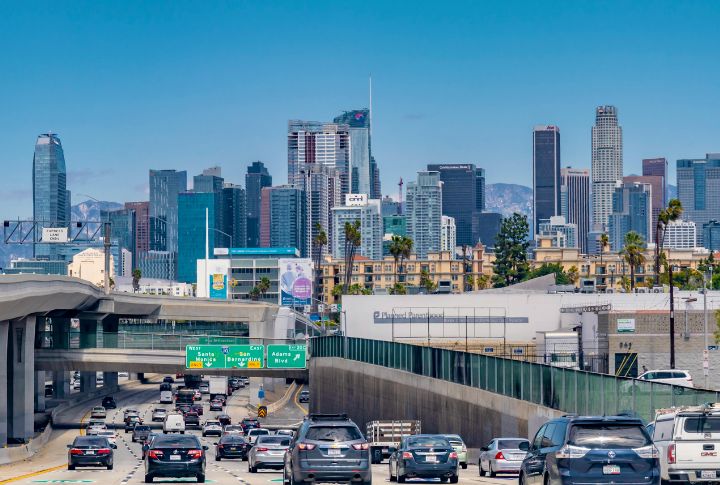
Bumper-to-bumper traffic in Los Angeles is now practically a ritual. You’ll find your ETA doubling without warning and freeways turning into parking lots in the blink of an eye. But why exactly is LA traffic so bad? These ten truths break it down. Start reading to see what you’re really up against behind the wheel.
Rush Hour Isn’t Just An Hour
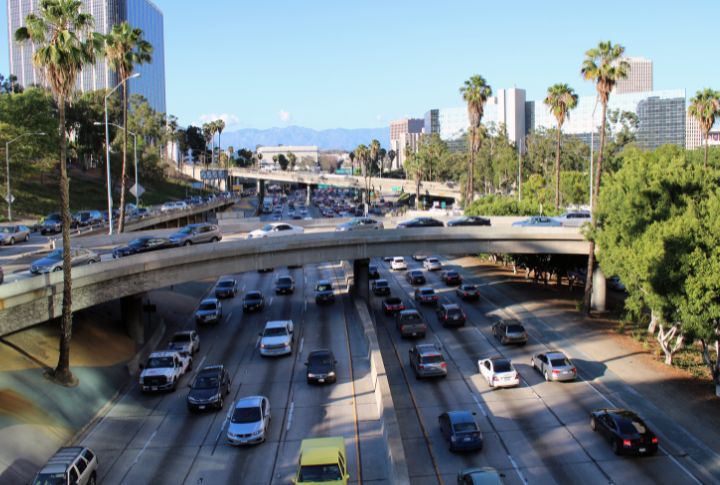
Between 7 a.m. to 10 a.m., lanes are already jammed. Evening traffic often starts creeping before most people even clock out. Do you think you’ll dodge it by shifting your schedule? Good luck. LA’s peak traffic now stretches over five hours per day. This causes “rush hour,” one of the city’s biggest understatements.
The Same Routes Jam Up Daily
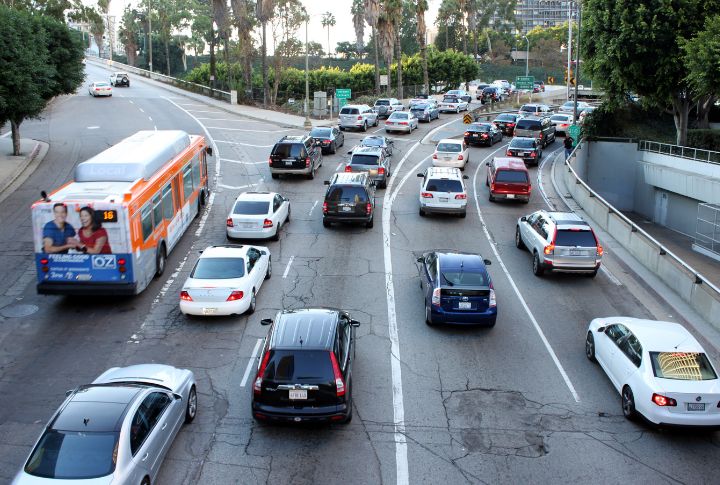
Even when you know what’s coming, you can’t avoid it. The 101/405 interchange ranks among the most congested in the country, and that’s consistent year after year. Familiarity offers no immunity here when the same route experiences the same thing, day after day.
Stop-and-Go Is The Default Speed
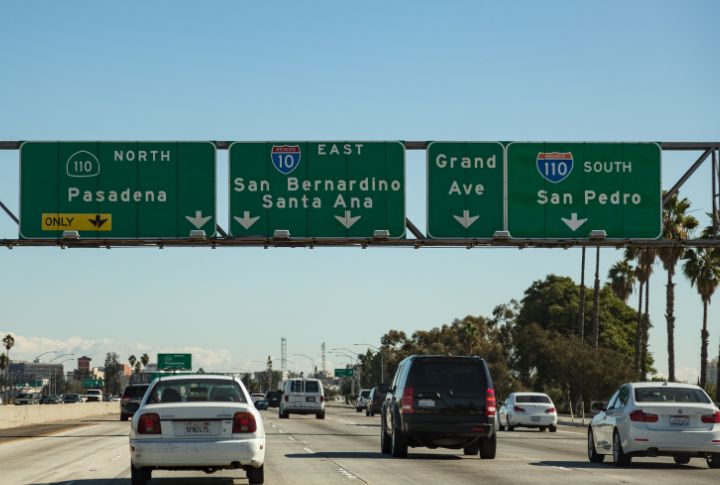
Nothing flows. One minute, you’re rolling at 30 mph—then boom, full stop. You accelerate, only to slam on the brakes seconds later. The jerky rhythm wears drivers down mentally and physically. Smooth drives feel like rare luxuries rather than standard expectations on LA roads.
Navigation Apps Create Phantom Traffic
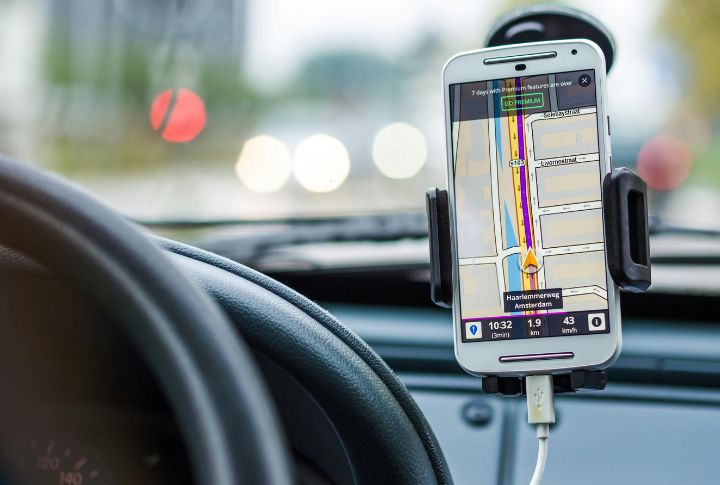
Apps like Waze and Google Maps often reroute drivers through quiet side streets to avoid highway delays. While not every shortcut creates gridlock, these detours introduce unfamiliar congestion into areas never designed for high-volume vehicles, spreading LA’s traffic pain into the residential grid instead of fixing it.
Exit Ramps Become Their Own Traffic Zones
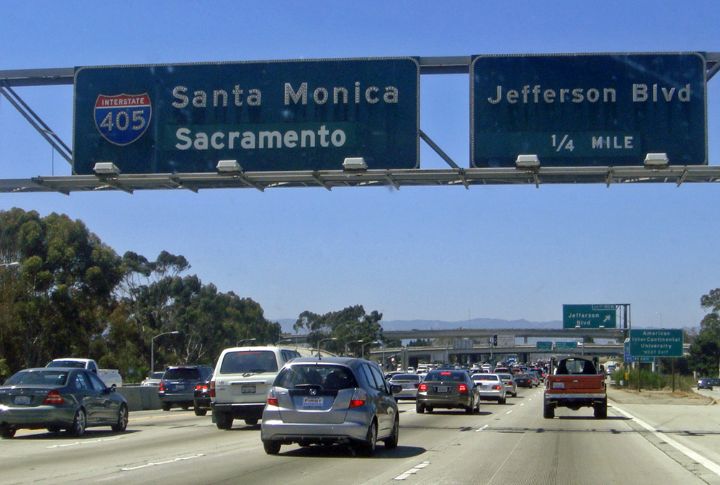
Exit ramps don’t always provide the escape they promise. Ramps like those on La Brea or Olympic can pile up and send delays right back onto the freeway. The congestion spills into surface streets, where intersections become clogged as drivers all try to flee at once, and it leads to fresh bottlenecks.
Small Accidents Trigger Major Chaos
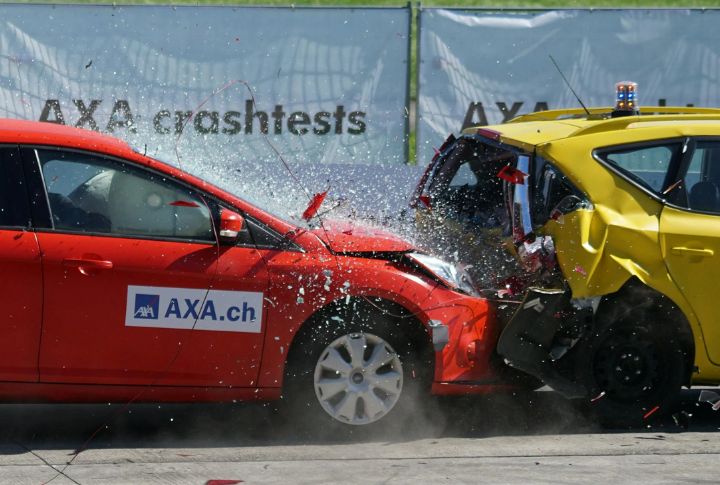
It takes only a stalled car or fender bender to ruin an entire corridor. During the evening peak, a car crash on the 10 can add nearly an hour to commute times. The sheer lack of buffer room means disruptions spread rapidly, one that causes delays far beyond the crash site.
Pedestrian Crossings Wreck Signal Timing

When people cross busy intersections, the traffic light cycle adjusts, but not quickly enough. At places like Sunset and Vine, even short pauses throw off the system. Cars back up behind delayed signals, and these small disruptions add up, costing drivers precious minutes every day across the city.
You’ll Encounter Construction, Then See Nothing Built
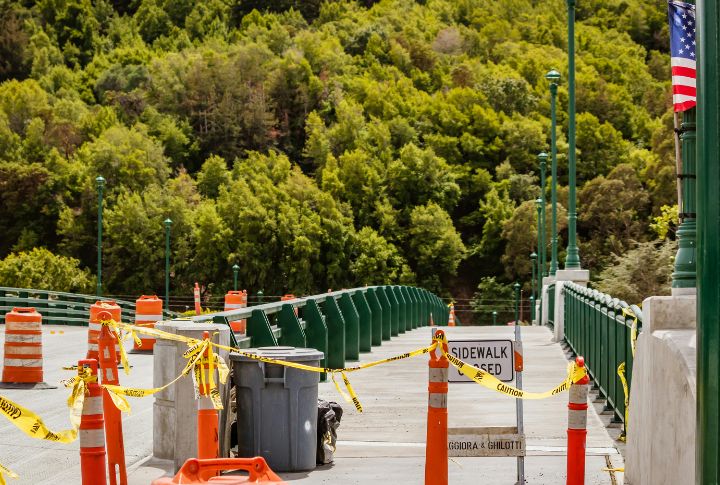
Overnight, cones appear, lanes vanish, and months go by with no progress in sight. Bureaucratic delays and funding gaps stall projects. Take the Wilshire Metro extension, for example—years of added congestion with no visible results. Drivers are left frustrated as only orange barriers seem to grow.
Delays Multiply In Minutes, Not Seconds
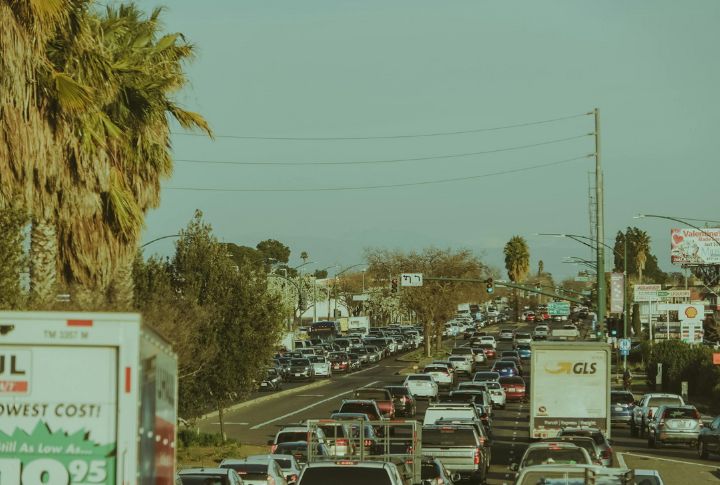
A minor slowdown doesn’t stay minor here. One lane closure on I-5 during peak time can significantly increase delays. The domino effect clogs not just the freeway but also nearby intersections. It has become a system-wide stall with a long memory.
Psychological Toll Makes Traffic Feel Worse
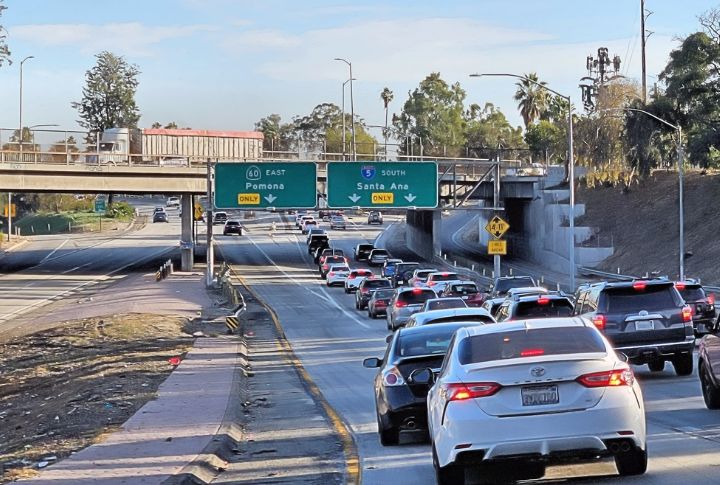
Beyond wasting time, gridlock chips away at sanity. INRIX data has historically shown that LA drivers experience more traffic-related stress than anywhere else in the U.S. The unpredictability, constant vigilance, and lack of progress combine into something far more corrosive than just an inconvenience: chronic commuter fatigue.
